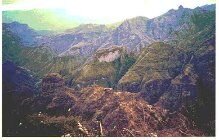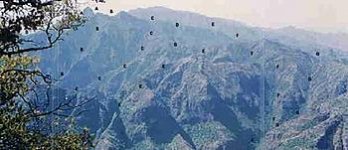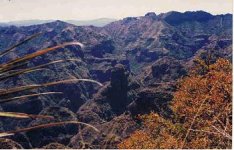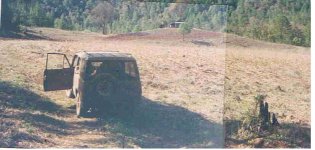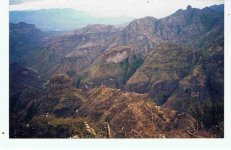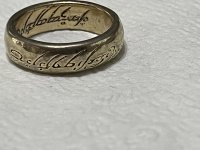audigger53
Hero Member
http://hsrd.yahoo.com/RV=1/RE=14676...NvbGQtAA--/RS=^ADAkBZbdOWwFn8Mp8Ssv50jpBJuTFU-[h=3]Louisiana families begin digging into their family history, find they are descendants of slaves sold by Georgetown University[/h]
The Jesuit Priests at Georgetown sold 272 slaves to keep the school open. In my mind that meant that they believed in slavery, even though the slaves were Catholic. Read the article, then think about what changed from the 1500's to 1838. Nothing I can see, they used non Jesuit converts as labor and for making money. Now if I knew when the school was opened by them, we could see the gap from the expulsion in 1767 to when they arrived back in the "New World".
The Jesuit Priests at Georgetown sold 272 slaves to keep the school open. In my mind that meant that they believed in slavery, even though the slaves were Catholic. Read the article, then think about what changed from the 1500's to 1838. Nothing I can see, they used non Jesuit converts as labor and for making money. Now if I knew when the school was opened by them, we could see the gap from the expulsion in 1767 to when they arrived back in the "New World".


 They soon became the largest slave-owners in Maryland in fact. The Jesuits in French Louisiana province were also found to be owning a large number of slaves when they were expelled by the French in 1764. Yet today we have had Jesuits claiming they never owned any slaves! '
They soon became the largest slave-owners in Maryland in fact. The Jesuits in French Louisiana province were also found to be owning a large number of slaves when they were expelled by the French in 1764. Yet today we have had Jesuits claiming they never owned any slaves! '


